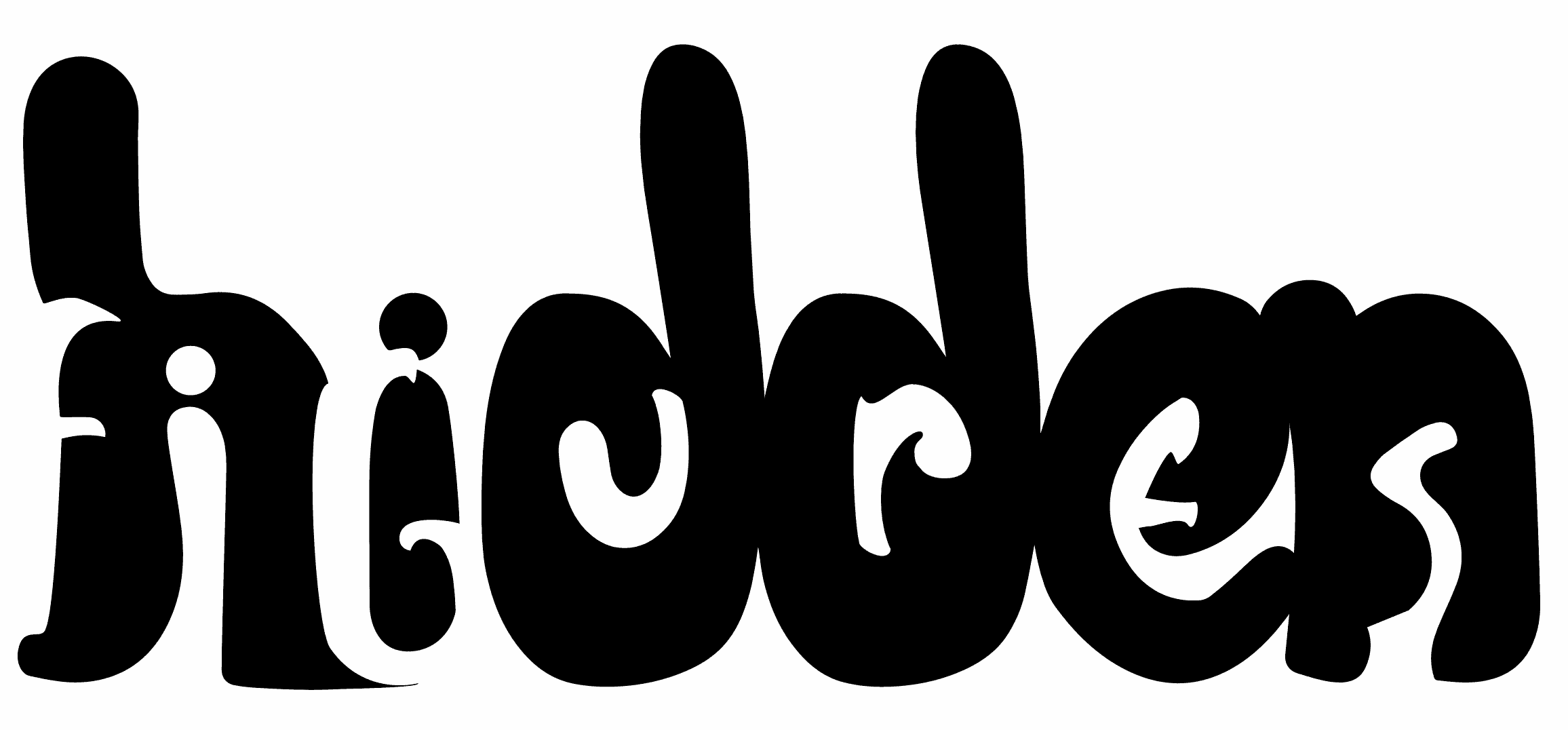During my travel through Taiwan and Hong Kong, I usually opened my presentations with some bilingual ambigrams – words that can be read in Chinese AND English.
These ambigrams were created by David Moser, someone I got to know, virtually, through Doug Hofstadter’s books and then met at Doug’s 60th birthday bash. David Moser is one of the most creative guys I have met. You can find out more about him by going to his website cognitive-china.org
The bilingual ambigram I used most often was this one:

This design read from left to right is “AMERICA”. Seen vertically, for readers familiar with Chinese, the two characters read, Meiguo, (or “America”).
As I was preparing my slides I realized that the sequence in which I showed the picture (vertical followed by horizontal or vice versa) was important. I chose to go with the horizontal (English version) first since given my Chinese dominated audience, that would be the hardest to “see.” I followed this by rotating the image and showing the vertical (Chinese) version – which the audience promptly recognized. It seems to me that if I had shown the Chinese version first, people would have had a hard time “re-parsing” the strokes to see the English word (since the Chinese version would have been strongly imprinted in their minds). I am not exactly sure if my logic here is water-tight, but I do know (from the audience response) that it worked, for the most part.
In the presentations where Hsueh-Hua was translating for me, I actually used a smaller version of this image as a cue for her to step in and talk.



well done.
Actually the image takes a while to download. Once the image is in, the sentence will make sense 🙂
It looks like part of this post is missing, as it ends in mid-sentence.